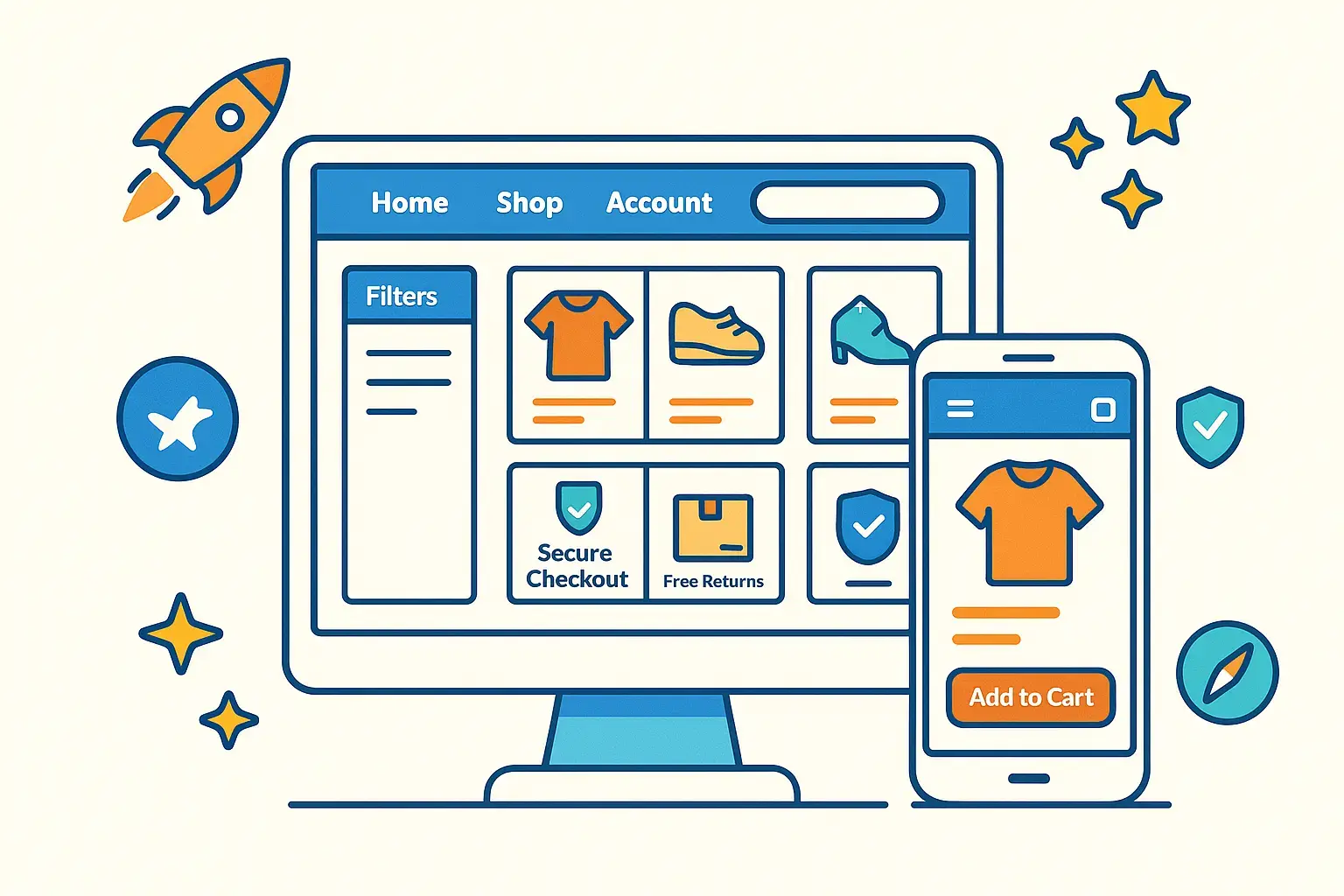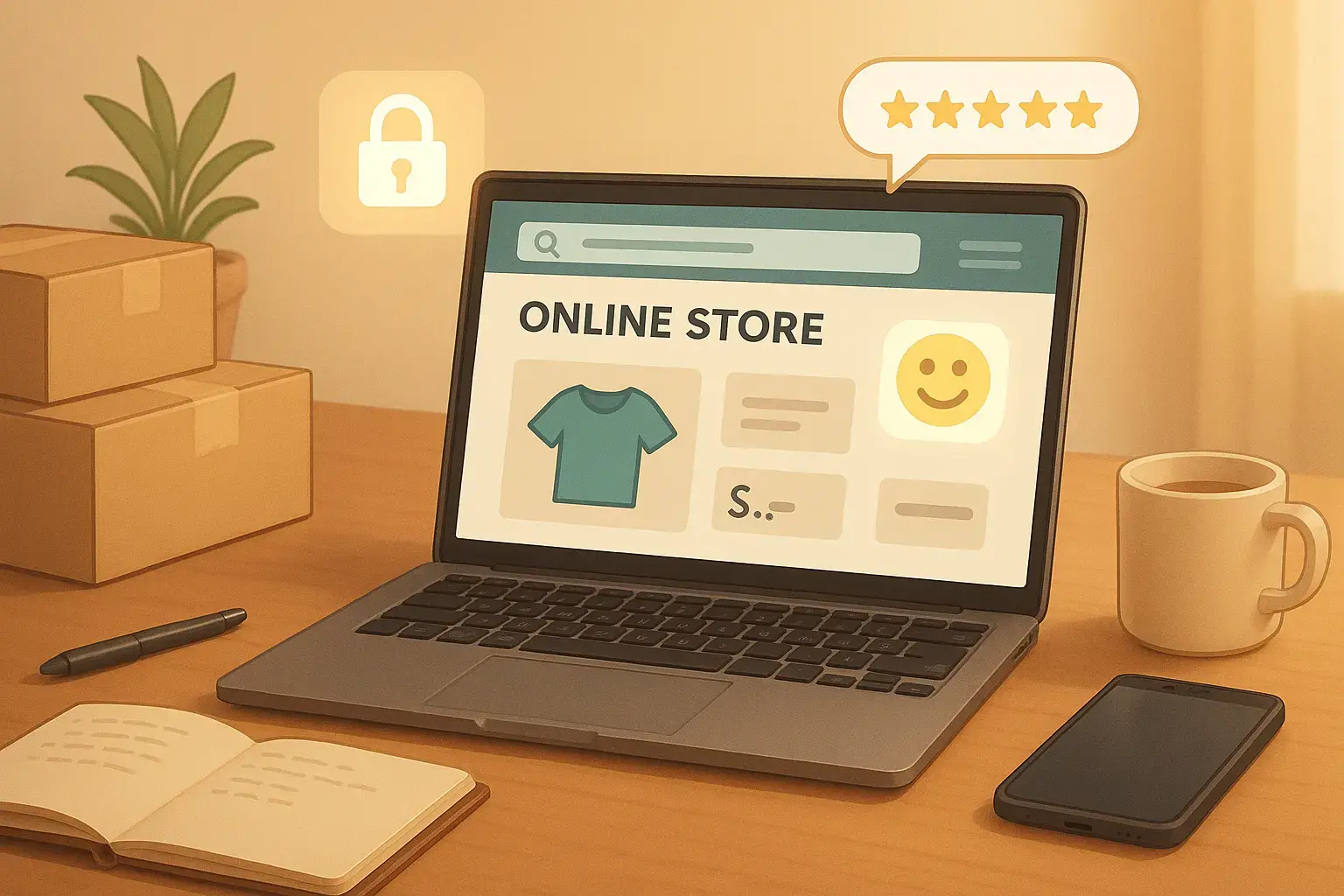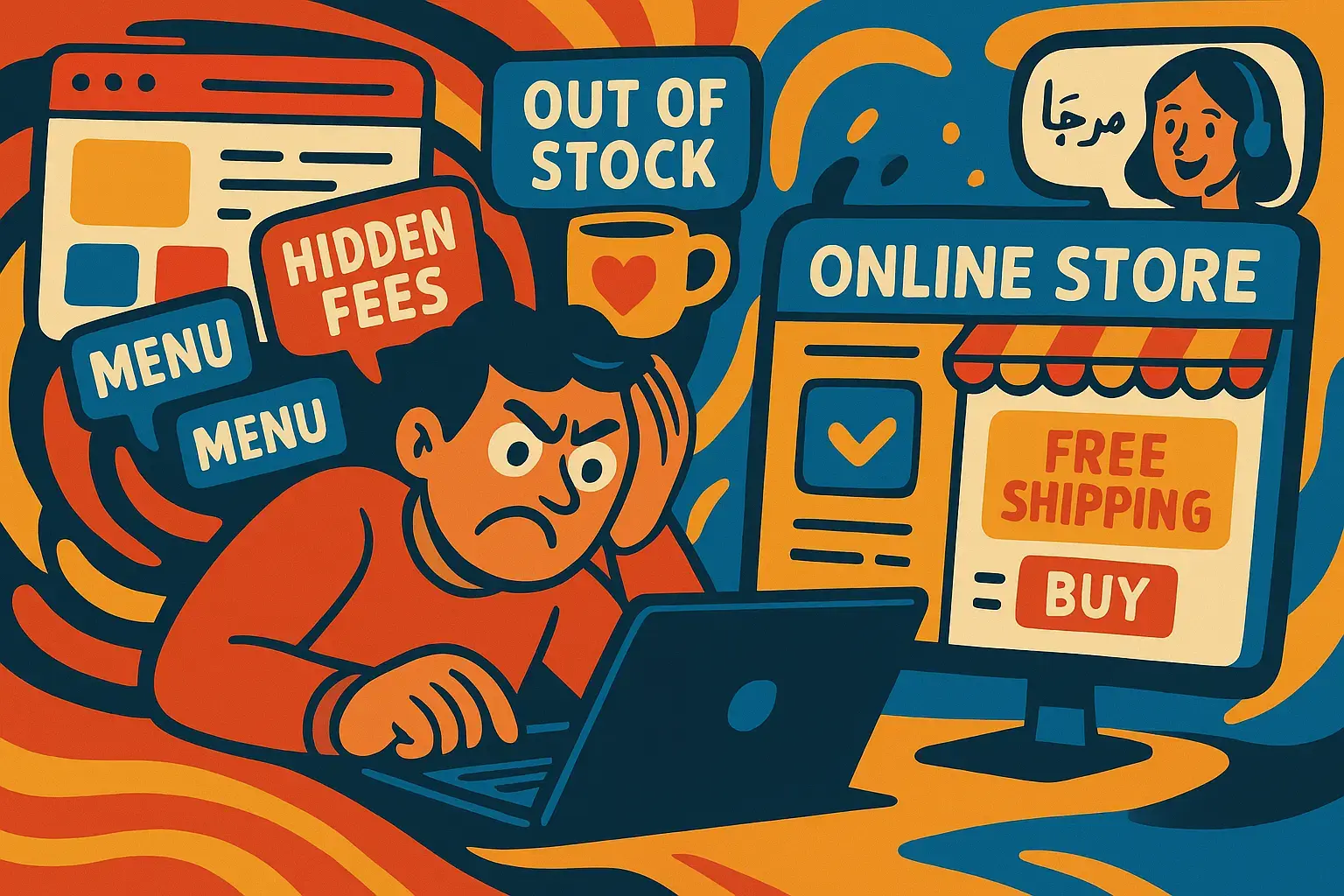How to Create Great E-Commerce UX
You’ve spent months sourcing products, crafting descriptions, and polishing your branding—only to watch visitors click away before they hit “Add to Cart.” If that sounds familiar, the problem might not be your products, prices, or marketing. It might be the experience you’re offering. A smooth, intuitive e-commerce UX can turn casual browsers into loyal customers. Here’s what really makes a difference on a typical online store.
1. Fast, Reliable Site Performance
Every extra second your page takes to load costs you conversions. Studies show that a one-second delay in page load can cut conversions by up to 7%. To keep people engaged, optimize images, leverage browser caching, and choose a hosting service that can scale. If your site feels sluggish, even your most compelling offer won’t matter.
2. Clear, Logical Navigation
Imagine walking into a store where aisles are unmarked and shelves are jumbled. You’d leave. Online, that confusion is even quicker: if visitors can’t find “Men’s Shoes” or “Size Medium” in two clicks, they’ll bounce. Keep your main menu focused on broad categories, use dropdowns sparingly, and include a persistent search bar at the top of every page.
3. Intuitive Product Discovery
Good navigation is one thing. Helping customers drill down is another. Effective filters—by size, color, price, or rating—cut through clutter. A “Sort By” dropdown that defaults to “Best Selling” or “Highest Rated” lets people see what matters. And when search results pop up, auto-suggest keywords and show “No results? Try these instead” tips, so no one hits a dead end.
4. High-Quality, Honest Product Imagery
A blurry stock photo won’t sell a handcrafted item. Shoppers want to zoom in, rotate, and inspect. Multiple angles (front, back, detail shots) plus a quick video demo give confidence. If you sell clothing, show a model with height/size notes. If you offer electronics, include a photo of the item in use. The goal is to answer every question visually before someone scrolls away.
5. Concise, Persuasive Copy
Your product titles and descriptions should be clear and scannable. Use bullet points for specs (dimensions, materials, warranty), keep the tone friendly—imagine explaining the product to a curious friend—and sprinkle in benefits (“keeps coffee warmer, longer” instead of just “stainless steel tumbler”). Above all, avoid jargon. If it sounds like a hardware manual, rewrite it.
6. Trust Signals and Social Proof
Nobody wants to be the guinea pig for a brand-new store. Display customer reviews prominently—average star ratings, highlighted comments, and even a link to see all feedback. If you’ve been featured in a magazine or earned certifications (eco-friendly, fair trade), showcase those badges. A small trust bar (“Secure checkout,” “30-day returns”) at the bottom of every page reassures shoppers right when they need it.
7. A Frictionless Checkout Flow
Checkout should feel like a gentle slide, not a bumpy climb. Offer guest checkout—forcing account creation loses you 23% of carts. Keep forms short (name, email, address, payment), and use smart defaults (country, state). Show a progress indicator (“Step 2 of 3”) so buyers know how close they are to done. And integrate multiple payment options—credit cards, PayPal, Apple Pay—so nobody abandons because their favorite method isn’t there.
8. Mobile-First Design
More than half of online shopping happens on phones. If your buttons are tiny, text is unreadable, or the menu hides behind a cryptic icon, you’re leaving money on the table. Test your entire flow on an actual device. Thumb-friendly tap targets, a sticky “Add to Cart” button, and streamlined forms (auto-fill, numeric keyboards for ZIP codes) can cut frustration in half.
9. Thoughtful Microinteractions
Little details—like changing the color of a “Add to Cart” button when hovered, animating a checkmark when an item is added, or showing a mini-cart pop-up—give feedback that your store is listening. These microinteractions might seem trivial, but they make the experience feel polished and responsive, so users know they’re making progress.
10. Transparent Shipping and Returns
Unexpected costs are checkout killers. Show shipping rates early—on the product page or cart summary—so there are no surprises. If you offer free shipping over a threshold, display a dynamic banner (“Spend $15 more to get free shipping!”). And clearly outline your return policy: how long, how to start, and who covers the cost. Simple language (no legalese) goes a long way.
11. Accessible for Everyone
A good UX serves all visitors. Use legible fonts (at least 16px body text), maintain color contrast ratios (so text is readable against backgrounds), and ensure your site works with keyboard navigation and screen readers. These practices not only make your store inclusive but also improve SEO and broaden your potential customer base.
12. Personalization and Recommendations
Once shoppers start browsing, highlight relevant products: “Customers Also Bought,” “Related Items,” or “Just For You.” If someone viewed a red sweater, show them the matching scarf. Tailored suggestions keep people exploring and often lead to higher average order values.
13. Post-Purchase Experience
UX doesn’t end at checkout. Send a clear confirmation email with order details, an estimated delivery date, and tracking information. A follow-up message a week later asking for feedback or offering a discount on their next purchase keeps the relationship alive—and can turn a one-time buyer into a repeat customer.
Final Thought
Building a great e-commerce UX is about removing roadblocks at every stage of the buying journey. Fast performance, clear navigation, mobile-friendly design, and a smooth checkout are your foundation. Layer on trust signals, helpful microinteractions, and thoughtful personalization, and you’re creating an experience that feels human.
Start by walking through your own store as if you’ve never been there before. Note every moment of hesitation or confusion, then fix it. Over time, these small improvements add up to a site that not only converts better but also delights your customers—every single time.







